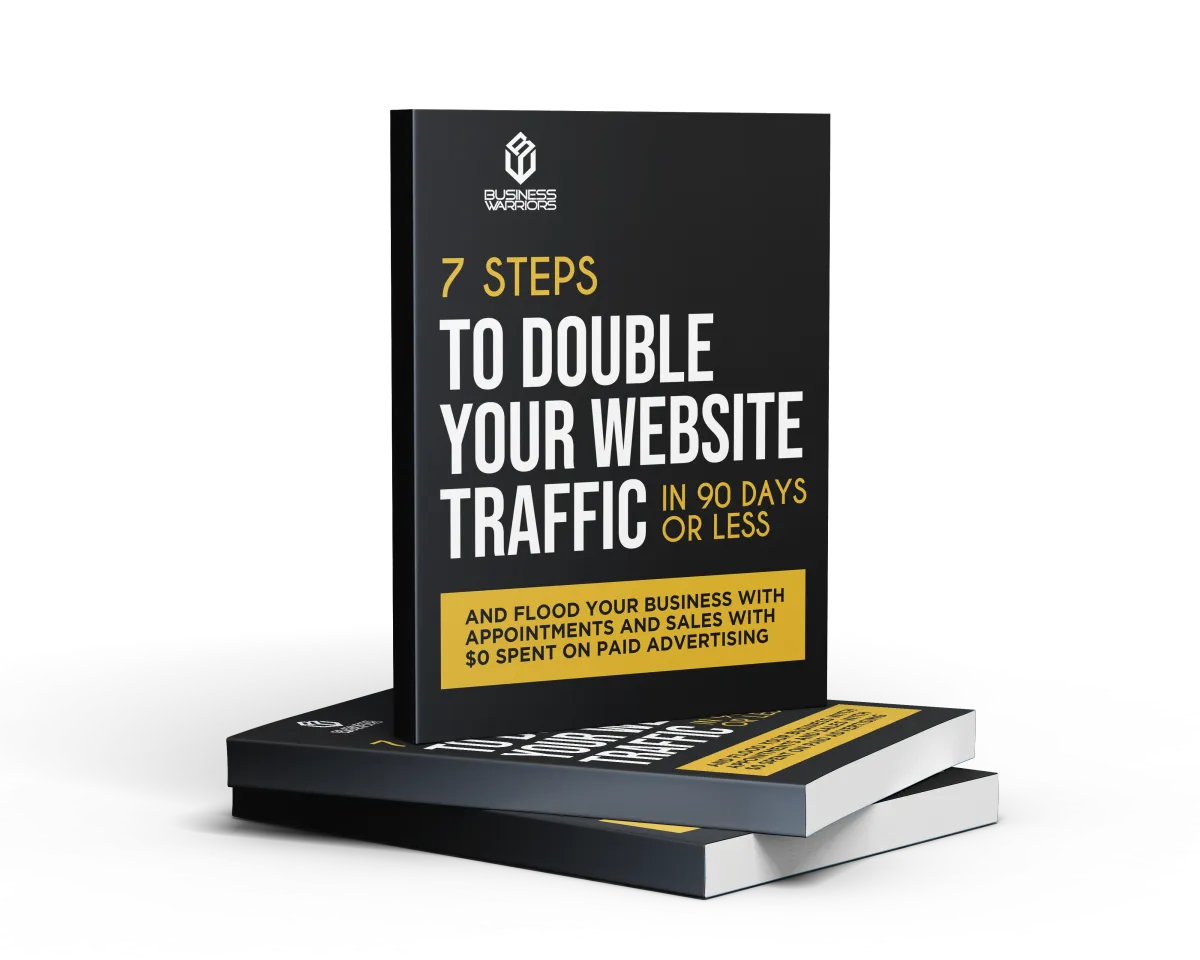Blog

The Ultimate Guide to Keyword Clustering: Supercharge Your Content Marketing
Introduction
Keyword clustering is a powerful SEO strategy that groups related keywords into clusters, enabling you to create content that ranks higher and attracts more organic traffic. This guide will walk you through the concept of keyword clustering, its benefits, and the step-by-step process to implement it in your content marketing strategy.
What is Keyword Clustering?
Keyword clustering involves grouping similar keywords together based on their semantic relevance. This approach helps in creating comprehensive content that addresses multiple search queries within a single piece of content, improving your chances of ranking for a broad range of keywords.
Benefits of Keyword Clustering
Improved SEO: By targeting multiple related keywords, your content can rank for a wider range of search queries.
Enhanced User Experience: Comprehensive content that covers various aspects of a topic provides more value to readers.
Efficient Content Creation: Grouping keywords allows you to create fewer, more in-depth pieces of content rather than numerous articles on similar topics.
Better Content Organisation: Keyword clusters help in organizing your content in a way that makes it easy for both search engines and users to navigate.
Step-by-Step Guide to Keyword Clustering
Step 1: Keyword Research
Start with comprehensive keyword research to identify a list of potential keywords. Use tools like Google Keyword Planner, SEMrush, Ahrefs, or Moz to gather data on search volume, competition, and relevance.
Step 2: Group Keywords into Clusters
Once you have a list of keywords, group them into clusters based on their semantic similarity. Look for keywords that share the same intent or are variations of a central theme.
Example:
Central Theme: Content Marketing
Related keywords
Content marketing strategy
Content marketing tips
Effective content marketing
How to create a content marketing plan
Step 3: Analyse Search Intent
Understanding the search intent behind each keyword is crucial. Categorise your clusters based on whether the intent is informational, navigational, transactional, or commercial.
Step 4: Create Cluster Content
Develop cornerstone or pillar content for each cluster that thoroughly addresses the main keyword theme. Supplement this with cluster content that dives into specific aspects or subtopics.
Pillar Content Example:
Title: The Ultimate Guide to Content Marketing
Subtopics: Content marketing strategy, tips, tools, and case studies
Cluster Content Examples:
How to Create a Content Marketing Plan
Top 10 Content Marketing Tips for Beginners
Best Tools for Content Marketing in 2024
Step 5: Optimise On-Page SEO
Ensure that your content is optimised for on-page SEO. Use your main keyword in the title, meta description, headings, and throughout the content. Include secondary keywords naturally within the text.
Step 6: Interlink Content
Create a strong internal linking structure by linking your cluster content to the pillar content and vice versa. This helps search engines understand the relationship between the pieces of content and improves navigation for users.
Step 7: Monitor and Adjust
Regularly monitor the performance of your content clusters using tools like Google Analytics and Search Console. Adjust your strategy based on performance data to continually improve your SEO results.
Tools for Keyword Clustering
SEMrush: Offers keyword research, clustering, and analysis tools.
Ahrefs: Provides comprehensive keyword research and clustering features.
Google Keyword Planner: Useful for initial keyword research.
Moz: Offers keyword research and tracking tools.
Serpstat: A versatile tool for keyword clustering and SEO analysis.
How can keyword clustering improve SEO?
Keyword clustering can significantly improve SEO in several ways:
Targeting Multiple Keywords: By grouping related keywords into clusters, you can create content that addresses a broader range of search queries. This increases the likelihood of your content appearing in search results for various related terms, thereby expanding your organic reach.
Content Relevance and Depth: Clustering helps in creating more comprehensive content that covers different aspects of a topic or theme. Search engines prioritise content that provides comprehensive information, making it more likely to rank higher in search results.
Reduced Keyword Cannibalization: Keyword clustering helps avoid keyword cannibalisation, where multiple pages compete for the same keywords. By grouping related keywords into a single piece of content or closely related content, you consolidate your SEO efforts and strengthen the authority of your pages.
Improved User Experience: Organising content into clusters makes it easier for users to navigate and find relevant information. This enhances user experience, reduces bounce rates, and increases the likelihood of users spending more time on your site—factors that search engines consider when ranking pages.
Internal Linking Opportunities: When you create clusters of related content, you can establish a strong internal linking structure. Linking between cluster content and pillar content improves the crawlability of your site and helps search engines understand the relationship between different pieces of content.
Long-Tail Keyword Opportunities: Keyword clustering allows you to target long-tail keywords and variations naturally within your content. Long-tail keywords often have lower competition and higher conversion rates, making them valuable targets for SEO.
Competitive Advantage: Implementing a keyword clustering strategy effectively can give you a competitive advantage by allowing you to dominate search results for a broader range of related keywords. This helps you attract more organic traffic and stay ahead of competitors who may not be using this approach.
Overall, keyword clustering is a strategic SEO technique that enhances content relevance, improves user experience, and boosts your site's visibility in search engine results pages (SERPs). By organising and optimising your content around clusters of related keywords, you can achieve better SEO outcomes and drive more qualified traffic to your website.
FAQ
What is keyword clustering?
Keyword clustering is the process of grouping similar keywords based on their semantic relevance. It helps in creating comprehensive content that ranks for multiple search queries, improving overall SEO performance.
Why is keyword clustering important for content marketing?
Keyword clustering enhances content marketing by allowing you to create in-depth content that addresses various related search queries. This approach improves SEO, provides more value to readers, and streamlines content creation and organisation.
How do I start with keyword clustering?
Begin with thorough keyword research using tools like SEMrush, Ahrefs, or Google Keyword Planner. Group the keywords into clusters based on their semantic similarity and create pillar content supported by cluster content that dives into specific subtopics.
What tools can I use for keyword clustering?
Popular tools for keyword clustering include SEMrush, Ahrefs, Google Keyword Planner, Moz, and Serpstat. These tools offer various features for keyword research, clustering, and analysis to support your content marketing efforts.
Conclusion
Keyword clustering is a transformative strategy for content marketing. It allows you to create highly relevant, comprehensive content that ranks well and provides significant value to your audience. By following this guide, you can implement an effective keyword strategy and supercharge your content marketing efforts with Business Warriors.
Ready to get started? Book an appointment with our content marketing experts at Business Warriors today to take your strategy to the next level.
WHAT WOULD YOUR RETURN ON INVESTMENT LOOK LIKE USING OUR DIGITAL MARKETING VORTEX METHOD TO YOUR BUSINESS?
GET THE DIGITAL MARKETING AGENCY SECRETS: 7 STEPS TO DOUBLE YOUR WEBSITE TRAFFIC IN 90 DAYS OR LESS








